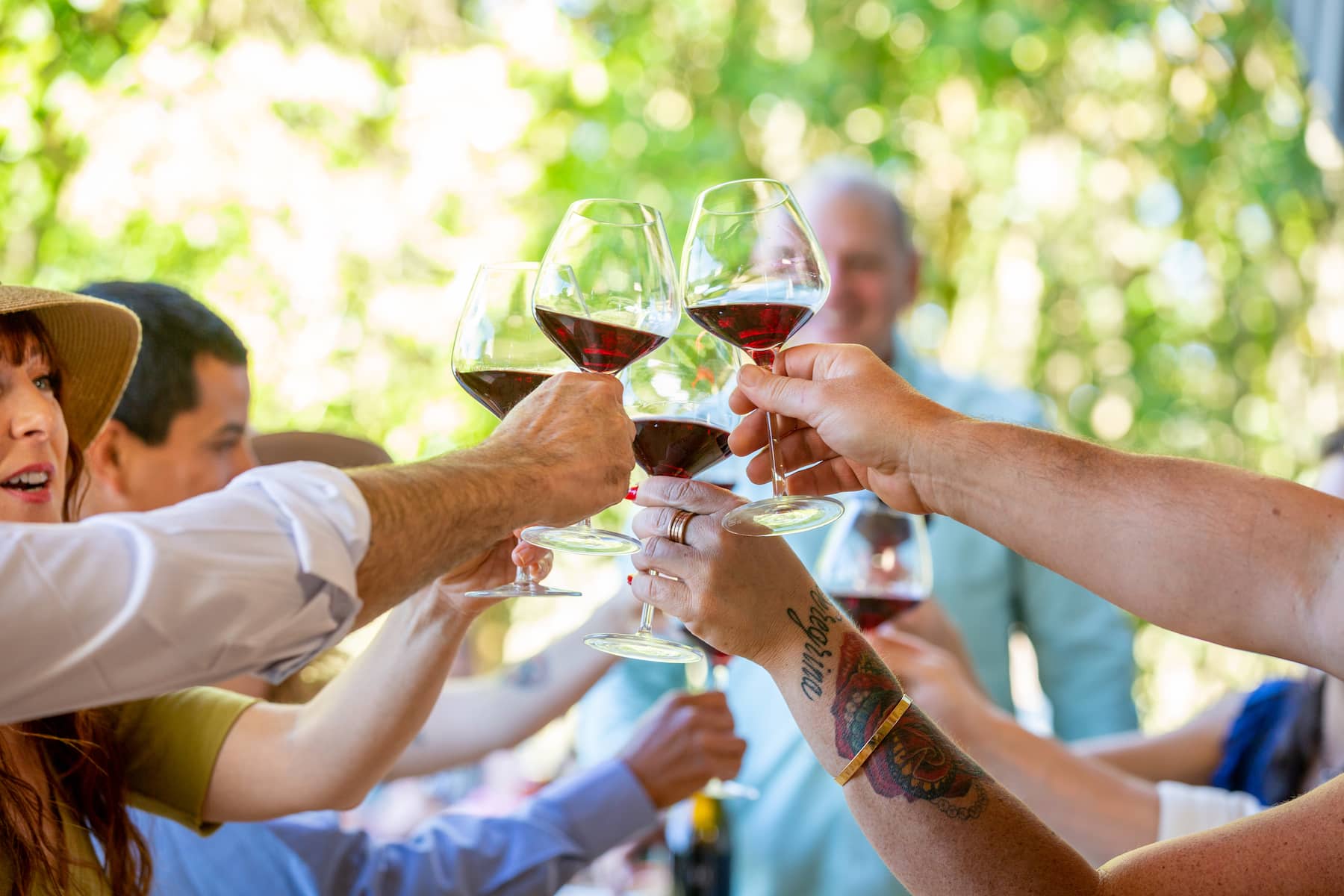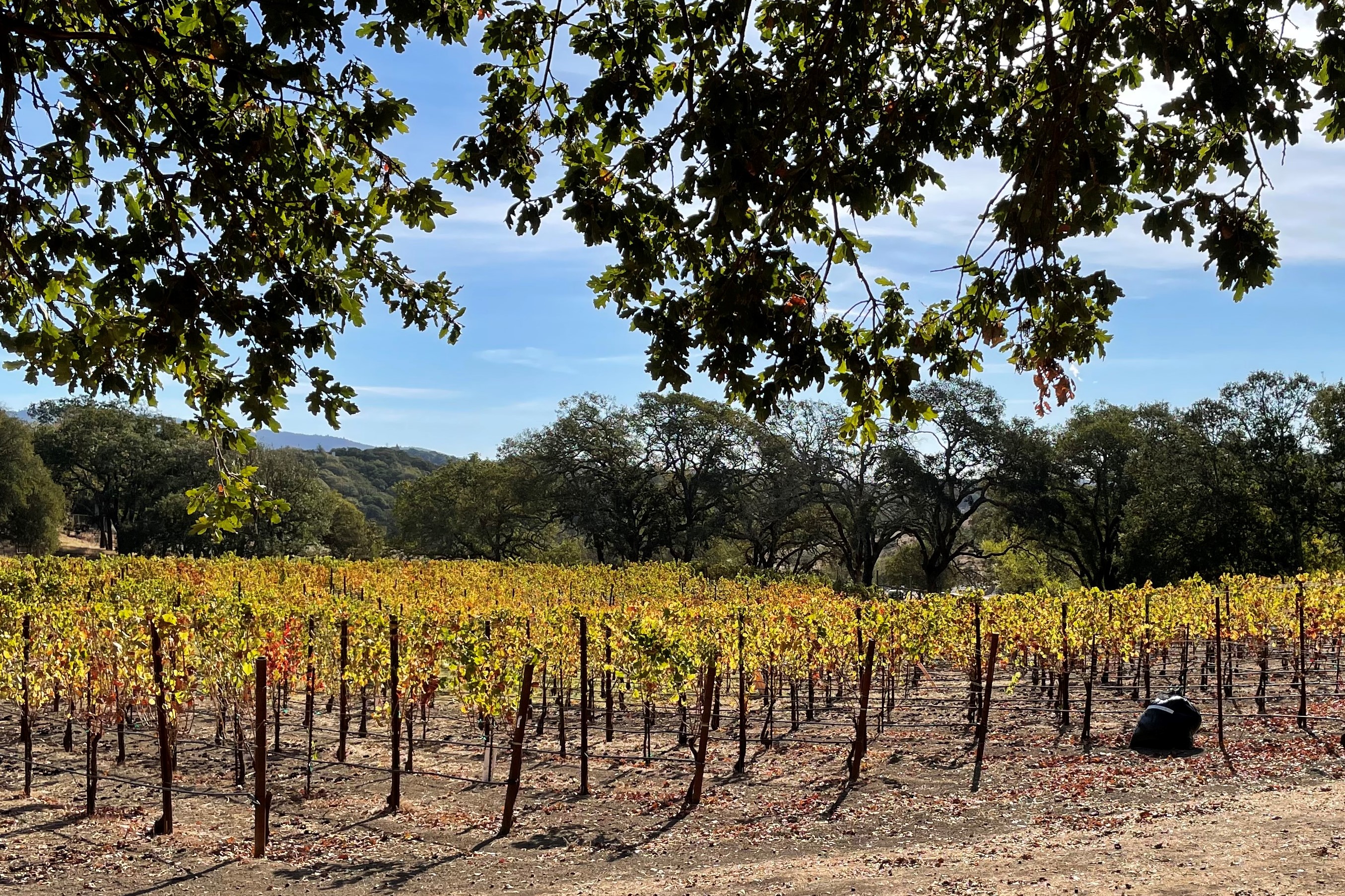Wineries Known For Sustainable Practices In Sonoma - Discovering Sebastopol's Wineries
Wine tasting is an art that mixes sensory experience with an appreciation for the nuances of various varietals. How to evaluate flavors in winery wine tasting classes is pivotal to greedy the complexities of wine.
Engaging in a wine tasting includes more than merely sipping and savoring. It requires a focused approach to identify aromas and flavors that every wine presents. As you begin, observe the wine's look, noting its shade and clarity. These visible cues often suggest a wine’s age, grape variety, and even potential flavor profiles.
The next step within the tasting course of is to swirl the wine in your glass. This motion releases fragrant compounds which may be important for analysis. Lean in and take a moment to inhale deeply; the aromas can range from floral and fruity to spicy and earthy. The nose of the wine is just as necessary as the palate, and recognizing scents plays a significant position in understanding the overall experience.
When taking your first sip, enable the wine to move across your palate - Wineries Focusing On Single Vineyard Wines. Notice the preliminary flavors that present themselves. Is the wine fruity, floral, or maybe herbaceous? This initial style offers insight into what the wine is likely to express as you proceed to gauge it. The mouthfeel additionally contributes to the general flavor experience; it can be silky, tannic, or even effervescent.
Wineries That Host Harvest Festivals - Wineries With Stunning Views In Sonoma
As you proceed tasting, pay attention to the wine’s balance. A well-balanced wine will harmonize acidity, sweetness, and tannins. If one part overwhelms the others, it'd point out a less desirable quality. Evaluating stability might help you establish how nicely the wine might pair with food.
Transitioning to the finish, contemplate how the flavors evolve because the wine lingers in your palate. A lengthy, nice finish can point out a high-quality wine, while a brief or abrupt end would possibly recommend in any other case. Mirror on whether or not the flavors stay constant or if new notes emerge because the wine settles. This development can reveal complexities and intricacies that may not have been obvious within the preliminary tasting.
Temperature is also a vital think about evaluating wine flavors. Totally Different forms of wine are optimally loved at specific temperatures. White wines typically shine when chilled, whereas pink wines generally perform best at room temperature. When tasting, ensure the wine is on the appropriate temperature to completely respect its character.
Wine Tasting Events In Sonoma County - Best Winery Located In Sonoma
Pairing food with wine can tremendously improve the tasting experience. Foods can influence the notion of flavors in wine, either highlighting sure traits or diminishing them. When evaluating flavors, think about how the wine interacts with completely different meals, noticing which flavors are amplified or muted (Top Rated Wine Experiences In Sebastopol).

Think About the influence of terroir as you engage in a winery tasting. Terroir encompasses the unique environmental elements that affect grape rising, including soil composition, local weather, and geography. Understanding a wine's terroir can present perception into its flavors and aromas, fostering a deeper appreciation for the alternatives made during its cultivation and manufacturing.
Education performs a fundamental role in enhancing one's ability to judge wine flavors. Studying about grape varieties, wine regions, and manufacturing methods can pave the way for more knowledgeable judgments during tastings. Moreover, attending workshops or classes can refine sensory skills and broaden your flavor vocabulary, enabling you to articulate tasting notes more effectively.
Lastly, it is important to remember that evaluating wine flavors is a highly personal experience. Individual preferences and perceptions will invariably form one’s tasting journey. Enjoyment should be at the pop over to these guys forefront, with the analysis course of performing as a tool to reinforce understanding and appreciation rather than create rigid tips.
Wineries That Offer Dog Friendly Areas - Wine Tasting And Vineyards In Sonoma
In conclusion, mastering the method to consider flavors in winery wine tasting periods involves a mix of sensory engagement, information, and practice. By studying to determine aromas, assess the balance, and appreciate the intricacies of flavor, wine enthusiasts can deepen their connection to every bottle they encounter. As with any art type, the more one immerses themselves within the experience, the extra they will uncover and enjoy the huge world of wine.
- Start by observing the wine's shade and readability, as these visible components can trace at its flavor profile and growing older potential.
- Swirl the wine gently in your glass; this releases fragrant compounds, permitting you to higher identify the complex scents associated with the wine.
- Take a deep inhale before tasting, focusing on each major and secondary aromas to assemble insights on fruits, spices, and different nuances.
- When tasting, enable the wine to coat your palate; note the initial flavors, the mid-palate complexity, and the end as these stages can provide completely different flavor highlights.
- Pay attention to texture and mouthfeel, as aspects similar to tannin levels, acidity, and sweetness contribute significantly to the overall tasting experience.
- Evaluate flavors towards standard wine characteristics; for purple wines, contemplate berry notes, oak affect, and natural tones, while whites could embody citrus, stone fruits, and floral hints.
- Take notes in the course of the tasting session to trace your impressions, serving to you to recollect and consider the different wines sampled.
- Talk About your findings with fellow tasters or winery workers, as sharing insights can improve understanding and appreciation of particular person flavors.
- Enable time for the wine to breathe; sometimes, flavors evolve and reveal new dimensions after being uncovered to air.
- Experiment with food pairings during the tasting as they can dramatically alter how flavors are perceived, influencing total enjoyment.undefinedWhat should I look for when evaluating the aroma of wine during a tasting?
Begin by swirling the wine in your glass to release its aromas. Convey the glass to your nose and take a deep breath. Pay consideration to the first scents you detect, as these are sometimes probably the most distinguished. Look for fruit, floral, herbal, or earthy notes and try to establish specific characteristics, which will deepen your understanding of the wine's complexity.
Charming Wineries Offering Wine And Food Pairings - Sebastopol Wine Country Vineyards Adventure

How can I distinguish between totally different flavor profiles in wine?
Perceive that flavor profiles are often categorized as fruit, floral, herbaceous, spicy, or mineral. Take small sips and permit the wine to coat your palate. Discover the first flavors that emerge first and the subtle notes that comply with. This layering is important in distinguishing the wine's characteristics and can assist you to appreciate its distinctive profile.
Good Wineries For Large Groups In Sonoma Valley - Finding Good Wineries For Wine Tasting
What is the significance of the wine's texture in a tasting?

The texture of the wine, also referred to as mouthfeel, plays wikipedia reference a crucial role in how we understand flavors. Pay consideration to whether the wine feels smooth, creamy, or gritty. The physique of the wine (light, medium, or full) can improve or distinction with flavors, offering a more rounded experience during tasting.
How do I assess the steadiness of flavors in wine?
Stability in wine refers again to the harmony between acidity, sweetness, tannin, and alcohol. Take a moment to assess whether or not these parts complement or intrude with one another. A well-balanced wine may have none of its components overpowering the others, creating a pleasing tasting experience.
Remarkable Craft Wineries In Sebastopol - Wine Tasting And Vineyard Tours In Sonoma
What role does temperature play in evaluating wine flavors?
Temperature can significantly influence the perception of flavors. Generally, purple wines are finest served slightly under room temperature, whereas white wines benefit from being chilled. As the temperature modifications, the aromas and flavors can shift, permitting you to understand different characteristics. It’s important to style wine at its optimal temperature for true analysis.
Wineries Perfect For A Relaxing Afternoon - Sonoma Vineyards To Explore
How can I improve my tasting skills over time?
Practice is vital to enhancing your tasting skills. Wineries Renowned For Cabernet Sauvignon In Sonoma. Attend tastings, hold a journal of your experiences, and discover different varieties of wines to broaden your palate. Moreover, learning about wine manufacturing and grape varieties can present context that enhances your evaluation process, making you a more informed taster.
Is there a particular order by which I should style the wines?
Family Friendly Wineries With Outdoor Spaces - Wine Tasting Experiences In Sonoma Valley
Sure, it’s advisable to style wines from light to full-bodied and dry to candy. This progression prevents the stronger flavors from overshadowing the more delicate ones, allowing you to completely appreciate each wine's characteristics and nuances with out palate fatigue.
How can I consider the aftertaste of wine?
Wineries Perfect For A Relaxing Afternoon - Discovering Sonoma Area Wineries
The aftertaste, or finish, is a vital facet of the wine-tasting experience. After swallowing, take note of how long the flavors linger in your palate and whether they change. A long, nice end is often an indicator of a high-quality wine, whereas a brief or disagreeable end could recommend in any other case.
Why is it important to note the wine’s acidity during tasting?
Acidity contributes to the general freshness and construction of the wine. Pay consideration to the tingling sensation in your tongue; larger acidity can enhance the wine's liveliness and balance out sweetness. Noting acidity helps determine the wine's versatility with food and its aging potential.
What should I do if I struggle to establish particular flavors in wine?
Top Rated Wine Experiences In Sebastopol - Sonoma Wine Tasting Spots
Struggling to determine flavors is common, particularly for novices. Focus on broader categories and describe what you'll be able to recognize, similar to sweet or earthy notes. With practice, studying about totally different flavor profiles, and maybe using flavor wheels, you may refine your senses and develop a extra nuanced strategy to tasting.